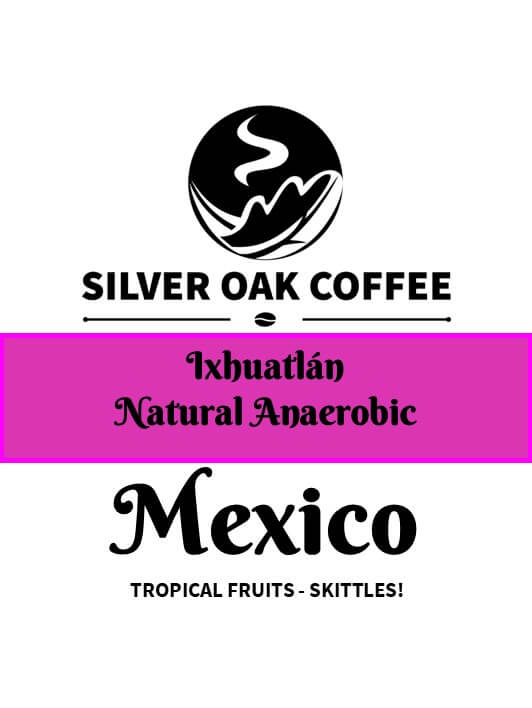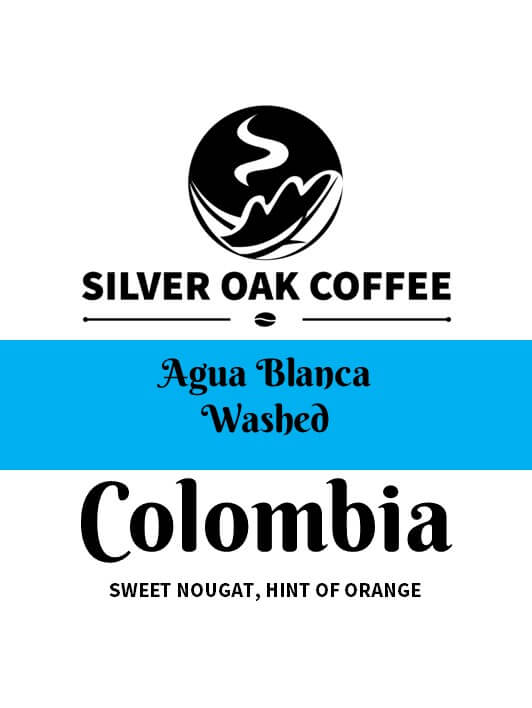Description
Roaster’s tasting notes:
This is the first of a series of Brazilian microlots we will be showcasing over the summer. Roasted lighter and in smaller batches to enhance the fruity flavour profiles.
Notes of dark skinned stone fruits, cherry and plum, are married to a soft creamy mouthfeel and marshmallow sweetness.
Additional information:
Ipanema Gourmet has been producing coffee since the 1870s and is one of the largest farms with which we work. Their approach to coffee is innovative and creative.
Beginning in 2018, Ipanema began their ‘Premier Cru’ range: a selection of very small batch, handcrafted lots from the highest altitudes of the Estate’s oldest farm, Rio Verde. This range of Premier Cru coffees is packed in cutting edge nitrogen-flushed vacuum-packed 20kg cartons. The method of nitrogen flushing, common with roasted coffee, stabilises the product by removing all traces of oxygen. Taking such care with green coffee is practically unheard of, even in specialty. The method speaks to the exceptional quality of these lots, which push the boundaries of what specialty coffee in Brazil can offer.
Rio Verde is a large farm of 1,566 hectares. Much of the farm lies between 700 and 1,000 metres above sea level. However, just over 260 hectares of the farm rise above 1,000 metres. This part of the farm, which rides several peaks, is separated into 32 ‘glebes’ (plots), all of which have different altitudes and sun faces, soil composition and a single varietal each (A=Acaia; B=Yellow Bourbon; C=Yellow Catuai; G=Geisha). It is from these ‘glebes’ (ranging from .65 to 20.13 hectares in size) that the Premier Cru range is carefully harvested.
The project began development in 2014, with 2018 marking the first harvest marketed under the Premier Cru name.
Every year a new collection will be released with a unique ‘brand’ name. 2019 brought the Aura Matina (Morning Aura) collection, 2020 named Anima Verde, 2021 was the Aura Magna, 2022 was Alma di Monti, and the most recent for 2023 is Colina D’Oro.
Every micro lot is categorised into one of the four edition groups, revealing the complexity of the taste and its rarity. Ipanema’s coffee specialist team scores the lots into Black, Gold, Blue, and Diamond Edition grades (similar to whiskey). The coffee’s final name reflects the year’s ‘brand’, the ‘glebe’ from which it was
harvested, and the dominant cupping note identified by the quality control team.
All of these special coffees are selectively hand-harvested and processed using one of five processing methods, selected on a lot-by-lot basis, and based on a variety of factors and designed to highlight the maximum quality of the cherries.
This 100% Yellow Bourbon lot was harvested on May 29th, 2023, from Glebe B42. The coffee was selectively hand-harvested and then processed using the traditional Natural method. After the harvest, the cherries are dispersed on raised beds to dry in the open sun for 621 hours. Afterwards, the coffee is placed in bags to rest, then hulled and prepared for export.
Development of Premier Cru:
2014: HARVEST
Ipanema began testing several different harvest methods, such as mechanical, manual, and selective hand picking. Each was tested to evaluate the impact on the cup quality. Selective hand picking yielded the best results across the board.
2015: VARIETIES AND MATURATION CURVE
Ipanema harvested all glebes of the farm, every single week, picking only the ripest cherry beans and tasting them to identify what would be the best harvest moment for each location. Each coffee glebe, according to its location, altitude, sun face, rainfall regime and variety, presents an optimum maturation curve that guarantees high-quality scores. Findings were that coffee trees above 1,000 meters of altitude consistently presented the best quality scores
and that the optimal harvest period lasts for approximately 20 days.
2016: DRYING METHODS
Throughout 2016 crop, Ipanema developed hundreds of tests over months to evaluate the best drying methods to ensure higher quality scores. Several techniques and methods of natural sun drying were tested. To do so, 2,000 square meters of suspended terraces (known as raised beds) were built as well as a covered patio of 800 square meters. The test also used a 3,000 square meters patio made of concrete. Two new models of mechanical dryers were tested: a horizontal dryer with a capacity of 7,000 litres and a vertical dryer with three layers, each one with the capacity of 5,000 litres.
2017: REFINEMENT
During the 2017 crop, Ipanema dedicated its efforts to refining and validating the methodology of harvest and processing to be implemented from 2018 onwards. The cupping results of more than 180 different micro-lot samples were analysed by the Estate’s team of QGraders and a group of coffee specialists.
2018: FIRST HARVEST
2019 – PRESENT
Successful results and continued excellence in quality of these special microlots.
History:
Fazenda Rio Verde was already established before the newly married Antonio Fachardo Junqueira and Gabriella Augusta inherited the farm as a dowry. However, it was the couple who first established coffee here in 1887. In 1920, their grandson, Antenor, took over management of the farm and began implementing incredibly innovative processes for the time, separating lots by quality and colour, and constructing brick patios to improve the drying process.
During the period between World War, I and the Economic Crisis of 1929, the farm went through great difficulties and to deal with them, Antenor made great efforts to become self-sufficient in the production of flour, cachaça, sweets and jams, beef, chicken, pork, wool, and various herbs and vegetables. In 1964, Antenor’s son-in-law, Luiz Cyrillo Fernandes assumed control of the farm and continued innovations and sustainability efforts, building new infrastructure for wet and dry processing, and milling of the coffees. He
also invested in an intense soil fertilisation program. 81 separate chicken sheds were filled with 136,000 hens solely to generate 800 tonnes of organic fertilizer a year. This program ran from 1964 through to 1992.
Luiz Cyrillo Fernandes himself continued to lead the business and was involved in all decision making up until 2002. Always aiming for the most innovative techniques and equipment, he travelled widely to find ways to
improve coffee production. Through his work during this time, Ipanema Coffees was a pioneer in introducing procedures that are now standard practice in Brazil, such as pruning techniques and mechanical harvesting.
After the liberalisation of trade in 1991, Ipanema Coffees was one of the first companies to begin exporting products abroad. In the same year, the first coffee bags were shipped to Europe, and thousands of other shipments followed.
In 2002, engineer and current CEO, Washington Rodrigues, stepped into the founding family’s footsteps. He was responsible for various innovations and solutions which allowed the company to enter into new markets and build up long-lasting relationships with buyers.
Under his leadership, some of the company`s achievements became milestones in the history of coffee in Brazil. For example, Ipanema Coffees was one of the first companies to construct infrastructure for wet milling and was the first to be certified by Utz and Rain Forest certification programs. Specialty coffees became the company`s flagship. Until now Ipanema Coffees is a permanent participant at international specialty coffee fairs and is also a founder of the Brazil Specialty Coffee Association (BSCA).
Their Premier Cru project, initiated in 2014, has taken specialty coffee to new heights in the country and is a natural extension of the farm’s approach to quality and innovation.












